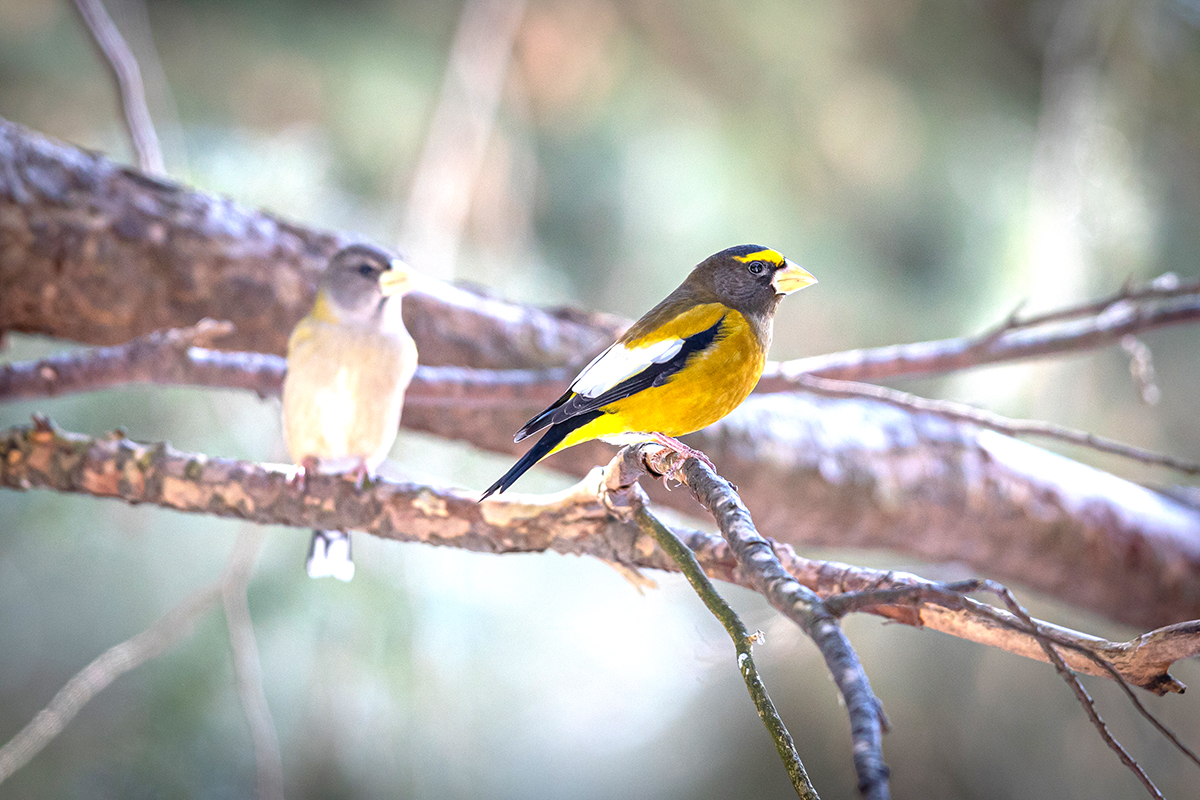WRITER | MATT DAVIDSON
Thanks to the efforts of groups like the Organization for Bat Conservation, many myths regarding these misunderstood members of the mammal family are being dispelled, and knowledge of the good that they bring is becoming more common.
I had the opportunity to speak with Dawn Vezina, education specialist and program administrator for the Organization for Bat Conservation at the Cranbrook Institute of Science, who’s been working to educate the public on the vital role that bats play in the environment.
“They’re not going to get tangled in your hair,” stated Vezina, when asked what falsehoods she’d like to correct. “Although they occasionally seem like they’re dive-bombing you, they’re after the bugs that follow humans around and the insects that we stir up from the grass.”
One of the most beneficial aspects to inviting these animals to take up residence in your yard is the havoc they wreak among one of our most dreaded summer companions, the universally loathed mosquito. A single Little Brown Bat is capable of eating 1,000 mosquitoes an hour. That’s all the reason most people need to make their property more inviting to our furry guardians.
Another benefit they bring is shared by backyard gardeners and major farmers alike: bats gorge themselves on moths. Caterpillars cause huge agricultural losses every year. Vezina said, “It’s estimated that having a healthy population of bats saves farmers in the US around $1 billion per year in pesticide costs and potential crop damages from caterpillars and other pests. Bats reduce the amount of pesticides needed, keeping them out of our environment and food supply. They serve the same purpose on a smaller scale for backyard gardeners.”
 Here in Michigan, we have nine species of bats that call our state home, with the Little Brown Bat and the Big Brown Bat being most common depending on whether you’re north or south of Midland. They are capable of living in a multitude of habitats, preferring caves and rocky crevices along with dead trees with loose bark or hollowed-out sections where they can shelter. They also like abandoned buildings, where they’re seldom disturbed by people, as roosting areas for their colonies. So how does a person show passing bats that they are welcome? According to Vezina, there are a few ways to turn your yard into a bat haven.
Here in Michigan, we have nine species of bats that call our state home, with the Little Brown Bat and the Big Brown Bat being most common depending on whether you’re north or south of Midland. They are capable of living in a multitude of habitats, preferring caves and rocky crevices along with dead trees with loose bark or hollowed-out sections where they can shelter. They also like abandoned buildings, where they’re seldom disturbed by people, as roosting areas for their colonies. So how does a person show passing bats that they are welcome? According to Vezina, there are a few ways to turn your yard into a bat haven.
“Bats are attracted to water sources, be it a pond, creek, or something as simple as a bird bath. Where there’s water, there will be insects, and bats will be more enticed to scout the area for a meal,” she said. “You can also plant night-blooming flowers around your yard that draw night pollinators that the bats will pursue as a food source.”
Another way to invite them in is by placing bat houses around your property. They’re a fun DIY project to do with kids, or one can be purchased from conservation organizations. When buying from a conservation group, the money goes toward efforts to safeguard the species and educate the public about these intriguing creatures. Dawn recommends, “Follow the instructions on your bat house; the amount of direct sunlight it receives is important, along with proximity to water sources. Proper placement will make the bat home more attractive.”
In researching bats online, I came across a statement that up to 30 percent of bats carry rabies, so I asked Vezina about it.
“The 30 percent number isn’t accurate. That comes from testing done on bats that are sick or dead and that people are actually able to catch. You won’t even come into contact with a healthy bat, so the number is skewed. Since testing requires killing the bat, it’s typically avoided, but in studies done on normal colonies, less than half of one percent is the usual infection rate, so it’s not really a cause for concern,” she said.
She advises that parents should teach children never to approach any bats that they see on the ground, as that usually signifies an unhealthy animal. If you have pets, make sure their rabies vaccinations are up to date, as is required by law. Following these simple steps will help ensure that no issues arise and that both your family and your newly welcomed flying friends can live together in mutually satisfying harmony.
Vezina also wished to share information about a new disease that has killed up to 90 percent of the bat colonies it has reached since making the jump from Europe in 2006. White-Nose Syndrome is a fungal infection that quickly spreads through populations of hibernating bats and is now found in at least 29 states and five Canadian provinces. It is causing a drastic decline in the bat population in these areas, and experts are warning it is the most serious threat that bats here have ever faced. The method of transmission is believed to be bat-to-bat contact, but spelunkers visiting affected caves are urged to thoroughly decontaminate their gear. The United States Fish and Wildlife Service has been calling for a ban on visitors to caves where the fungal infection is known to be present.
If by making our properties more hospitable to our local bats and by providing areas for them to roost we can have a positive effect on the population, should we not? Just the idea that they’ll help control the mosquito population makes the answer simple. I’m in.








